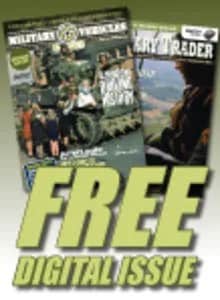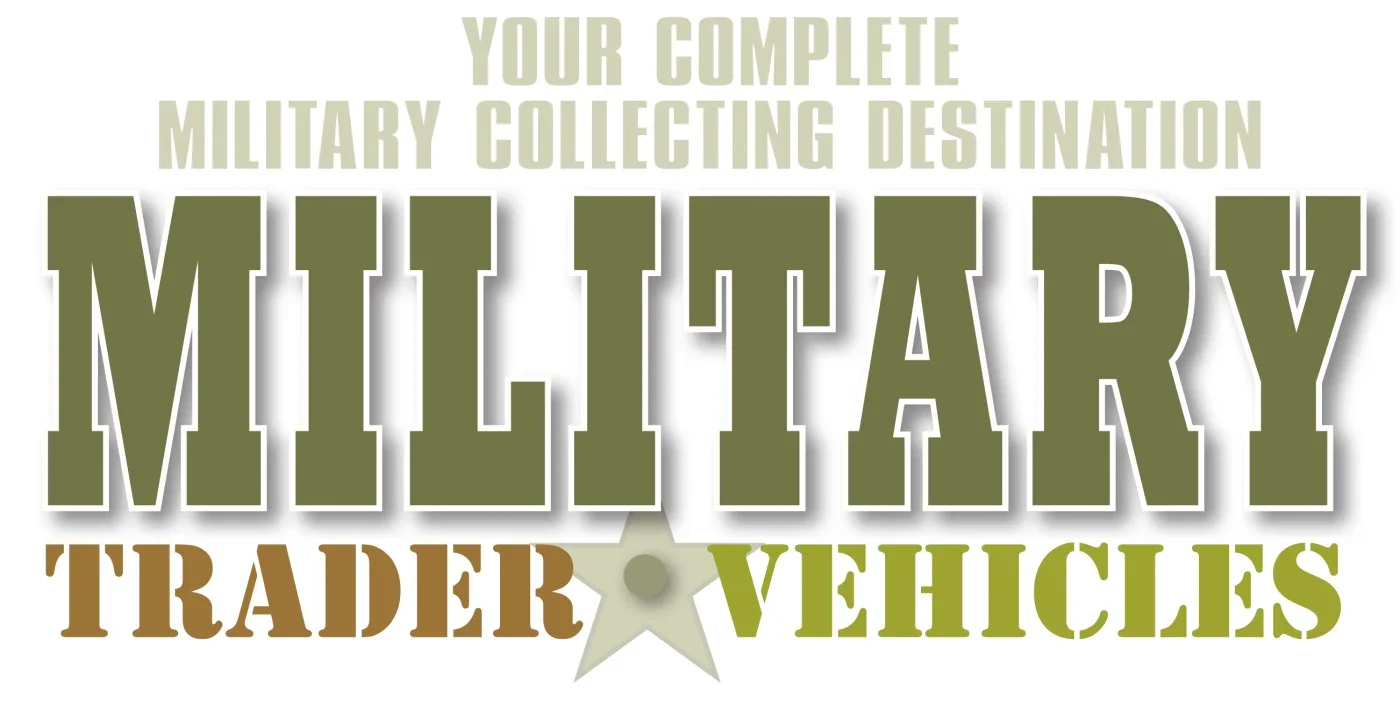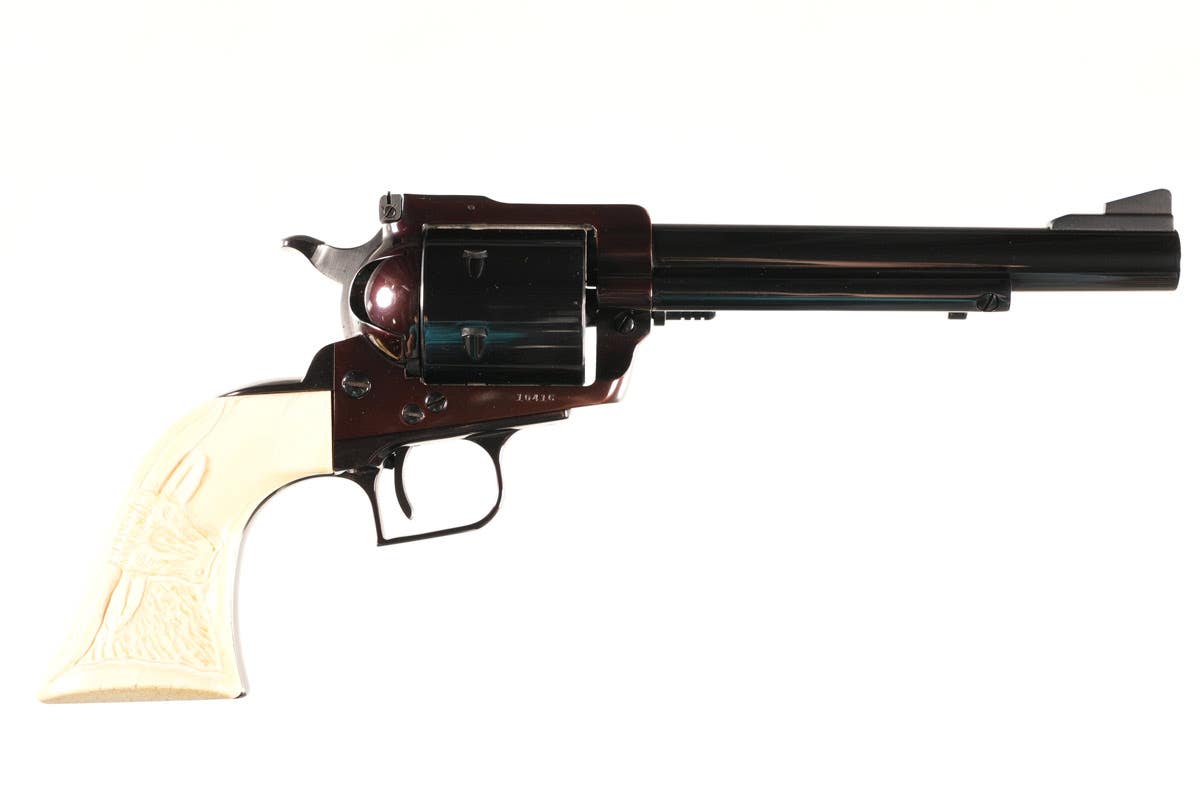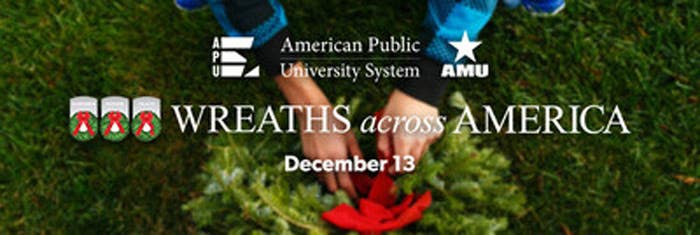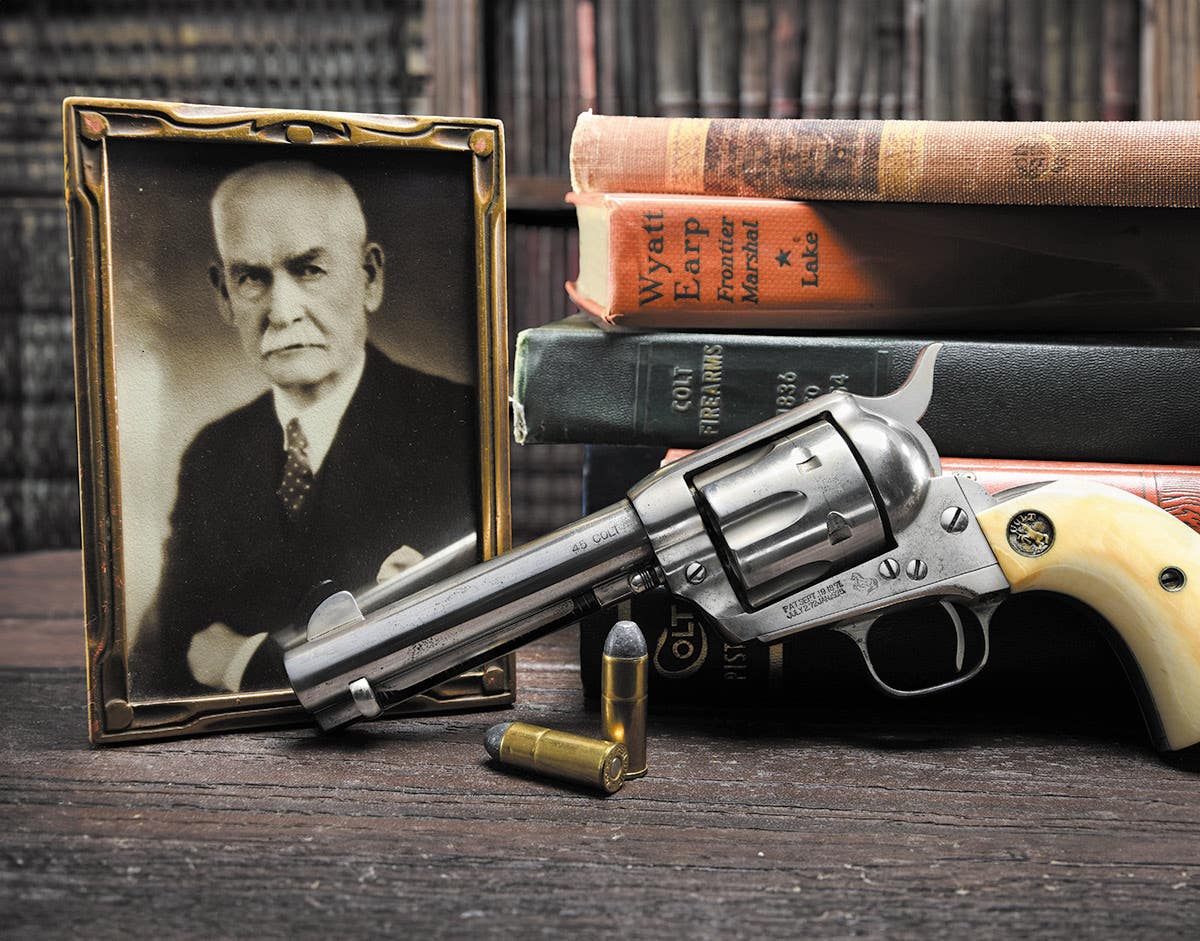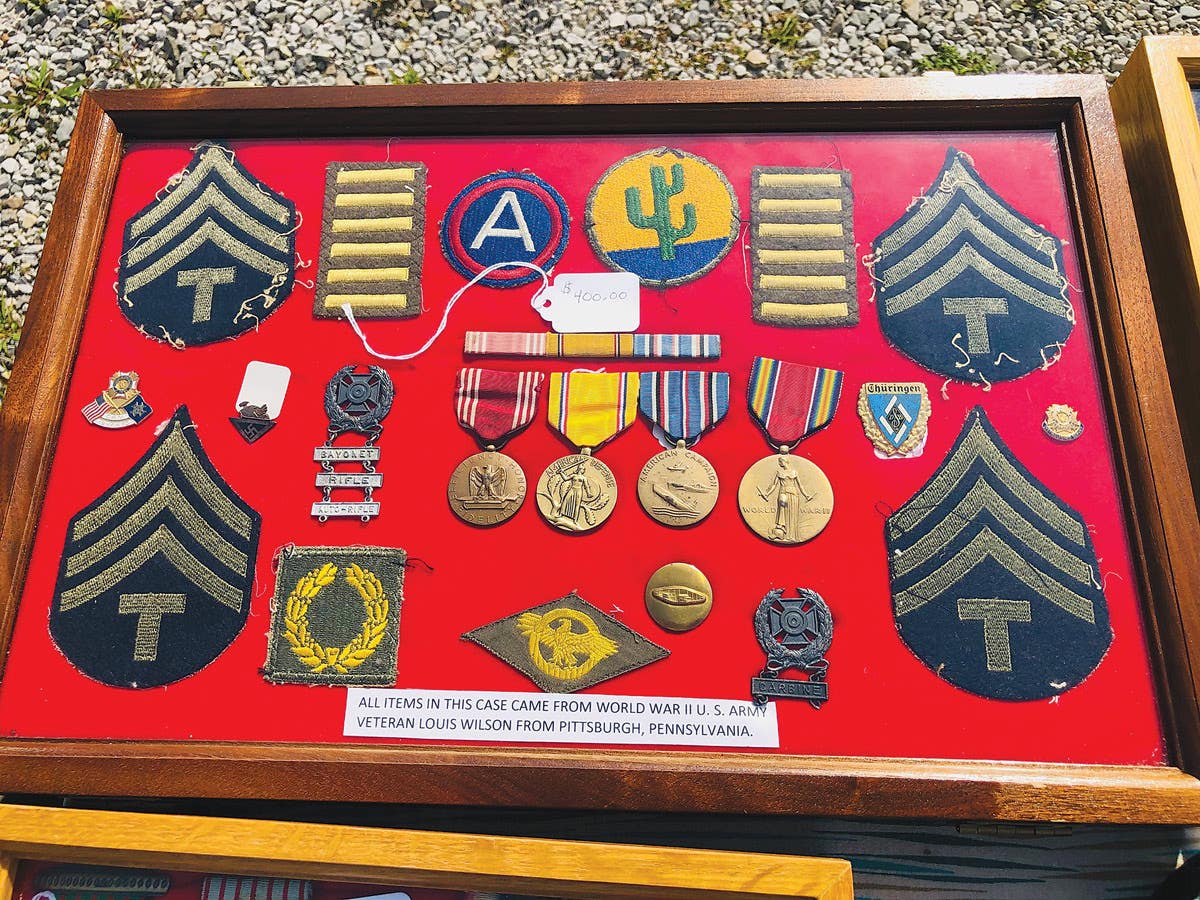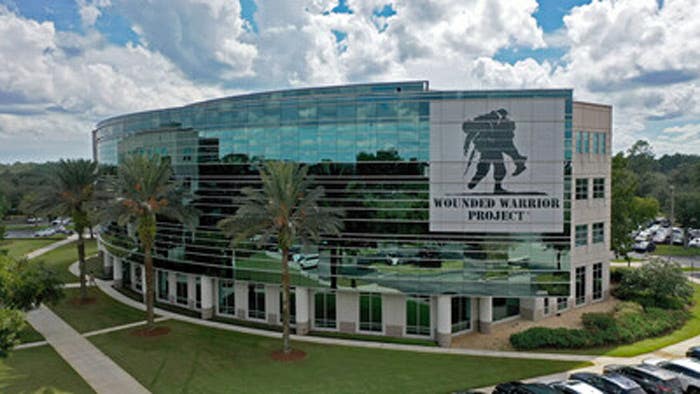Collecting OEF / OIF: Not the Same as Other Wars
As the last U.S. troops left Iraq in 2012, I began to wonder about any potential growth of hobby led by people who collect material from Operation Iraqi Freedom (OIF)…
As the last U.S. troops left Iraq in 2012, I began to wonder about any potential growth of hobby led by people who collect material from Operation Iraqi Freedom (OIF) and Operation Enduring Freedom (OEF). I, like so many currently involved in the militaria and historic military vehicle hobbies, wondered if these collectors will follow the same path as Civil War, WWI, WWII and Vietnam collectors, or if there is a whole new angle that captures their interest.
TWO WARS SINCE 2001
“Operation Enduring Freedom" (OEF) is the official name used by the U.S. government for the War in Afghanistan, together with a number of smaller military actions, under the umbrella of the Global "War on Terror" (GWOT). On Sept. 20, 2001, the U.S. stated that Osama bin Laden was behind the Sept. 11 attacks. The U.S. made a five-point ultimatum to the Taliban that the latter ignored.
On Sunday, Oct. 7, 2001, American and British forces began an aerial bombing campaign targeting Taliban forces and al-Qaeda. The Northern Alliance, aided by a joint Special Operations team consisting of Green Berets from the 5th Special Forces Group, aircrew members from the 160th Special Operations Aviation Regiment (SOAR), and Air Force Combat Controllers, fought against the Taliban. Aided by U.S. bombing and massive defections, they captured Mazari Sharif on Nov. 9. They then rapidly gained control of most of northern Afghanistan, and took control of Kabul after the Taliban unexpectedly fled the city. The “ground war” was in full swing and continues to this day.
The 2003 invasion of Iraq (March 19–May 1, 2003), was the start of the conflict known as the Iraq War, or Operation Iraqi Freedom (OIF), in which a combined force of troops from the United States, the United Kingdom, Australia and Poland invaded Iraq and toppled the regime of Saddam Hussein in 21 days of major combat operations. The invasion phase consisted of a conventionally fought war that concluded with the capture of the Iraq capital Baghdad by United States forces.
Four countries participated with troops during the initial invasion phase, which lasted from March 19-April 9, 2003. These were the United States (148,000), United Kingdom (45,000), Australia (2,000) and Poland (194). 36 other countries were involved in its aftermath. In preparation for the invasion, 100,000 U.S. troops were assembled in Kuwait by Feb. 18. The United States supplied the majority of the invading forces, but also received support from Kurdish irregulars in Iraqi Kurdistan.
BIRTH OF A COLLECTING FIELD
Soldiers don’t really differ too much through the ages or across the continents. Their immediate concerns are related to their situation: Safety, food, rest and “going home.” Many, when they consider the latter, think about how they will remember their time in service. This desire is the fuel of our hobby.
Some soldiers simply keep their patches, medals or uniforms, while others take photographs, write diaries or exchange addresses with buddies—all with the desire of having reminders of the time they gave to their country. Many who serve during a wartime situation, look for souvenirs of their “enemy.” There is a long tradition of collecting mementos of a “vanquished foe.” Just consider the Roman Legions returning with trophies, Native Americans “counting coup” or American GIs stripping SS insignia from the uniforms of concentration guards. In one way, the trophies say, “I survived.” In another, they say, “I am victorious.”
So, it should come as no surprise that our American soldiers who fought in Iraq and Afghanistan continue this tradition. The question I have, however, is, “Are they bringing home the items the hobby is accustomed to seeing?”
CASH FOR MILITARY RELICS
Like many hardened collectors, I have run ads to the effect of, “I pay cash for military relics: Civil War through OEF/OIF.” These ads run hot and cold. Months may go by with no response and then, all of a sudden, a flurry of activity. What I have noticed lately, however, is the number of young veterans contacting me about their mementos.
For the most part, these recent veterans are offering what they believe I would want: Their insignia, Soviet tanker helmets or their dress uniforms. I struggle to carefully explain, that while these are great remembrances of their time in service, it might be better to hang onto them for a while. I don’t want to say, “Your Marksman Badge and your stripped DCUs just aren’t that valuable.” Those are hard discussions to have. What I have learned from these encounters, though, is they all appreciate being told that their service meant something. They tend to leave our meetings thinking they might hang onto their mementos “just a little bit longer.”
THERE ARE COLLECTORS OF OEF/OIF, THOUGH
The number of responses I received to my ad made me dig a bit deeper and learn something about the world of collecting OEF/OIF militaria. These days, it isn’t a bona fide hobby if it doesn’t have a forum—and OEF/OIF collectors have a good one! “OEF/OIF” (http://oefoif.forumotion.net) is a militaria forum specifically covering the conflicts in Afghanistan and Iraq. I stumbled onto it by accident when I recognized one of my previous JAG FILEs pop up in a Google search!
A forum member had posted (in jest), “Military Trader is doing bad things to us!” when referencing recent Military Trader articles about Iraqi helmets and other militaria from the two wars. Folks on the forum felt they had a neat, little secret pathway to all sorts of cool material. They did, in fact, though it was a secret known, in one way or another, to hundreds of thousands of OEF/OIF veterans!
A second member of the forum posted a link to a 2012 JAG File in which I wrote about the advent of collecting OEF/OIF material. Whereas the forum members complimented the general sentiment of my article, they did point out an obvious misconception I (and many others in the militaria hobby) held: That is, the people collecting this material come from a whole different background than those of us who grew up with WWII or Vietnam-era parents. I carefully digested the comments.
“Longbranch” (like so many other forums, for whatever reason, people use nicknames rather than their given names) astutely—and judiciously—commented, “I feel that we are taking too many of the concepts from WWII collecting and applying it to modern militaria collecting. I feel this is a whole different ball game. Modern militaria collectors WANT dirty, torn, field-used gear. We want the stuff that was THERE.”
He added, “I don't see a lot of badge collectors. I don't see a lot of dress uniform collectors. I don't see a lot of ‘mint condition’ collectors.”
Longbranch concluded with a statement that really struck home, “Heck, with a whole new generation of people playing video games like ‘Medal of Honor’ and ‘Call of Duty: Modern Warfare,’ I don't see this trend changing. We are about the actual pieces of history that were ‘witness’ to the events…”
What Longbranch said made a lot of sense to me—especially when considered in light of what I had been experiencing with my “Cash for Relics” ad. The men and women who responded to my ad did not seem to place much value on their badges, patches or dress uniforms. When I probed a bit deeper to ask about the boonie hats they wore or any of the gear they carried or used every day, they became much more hesitant to let me know what they had… these were their trophies.
I can’t imagine what a soldier feels when he or she returns from combat. The closest I can come to understanding how they feel is to sit quietly and listen when they want to talk. Sometimes, the relics they—and we, as collectors—cherish, serve as the conversation starter.
Preserve the memory; honor the sacrifice.
John Adams-Graf
Editor, Military Trader, Military Vehicles Magazine
John Adams-Graf ("JAG" to most) is the editor of Military Trader and Military Vehicles Magazine. He has been a military collector for his entire life. The son of a WWII veteran, his writings carry many lessons from the Greatest Generation. JAG has authored several books, including multiple editions of Warman's WWII Collectibles, Civil War Collectibles, and the Standard Catalog of Civil War Firearms. He is a passionate shooter, wood-splitter, kayaker, and WWI AEF Tank Corps collector.
